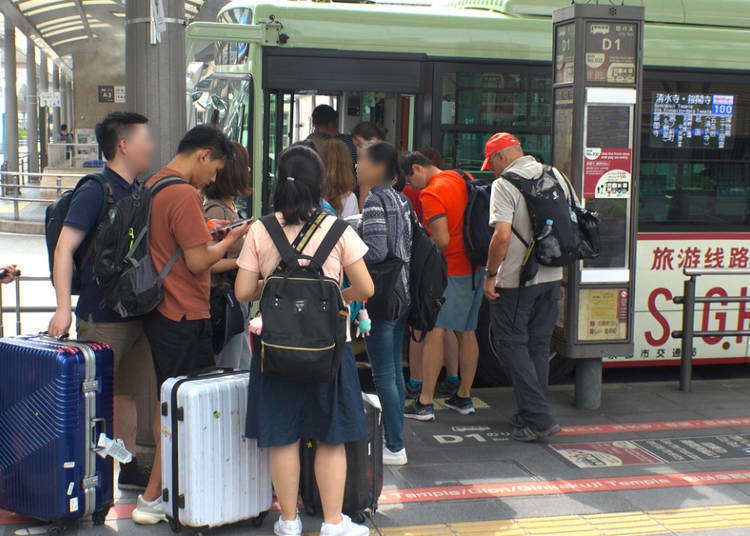
‘No Garbage?!’ 5 Times Tourists Were Shocked by Kyoto
- Written by: WESTPLAN
With numerous attractions, including shrines, temples and the luxurious cityscape, Kyoto is one of Japan's leading tourist destinations. Countless tourists visit each day, and they sometimes think, “It was different from what I expected!” Here are some of the things that “shocked” overseas tourists when sightseeing in Kyoto (Please note that the following are the personal opinions of those interviewed.)
Photo:Kristi Blokhin / Shutterstock.com
1. Famous tourist spots were visited mostly by foreigners
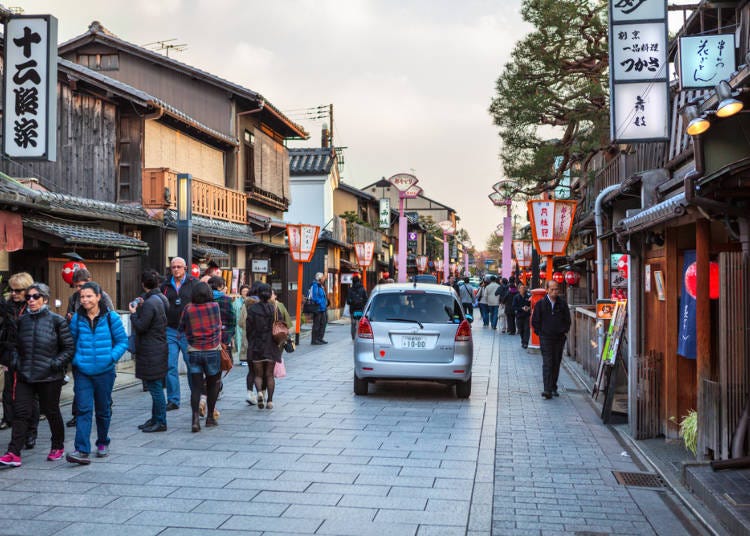
Kyoto is full of a distinctly Japanese-style atmosphere. Bamboo groves, old-fashioned cobblestones, and small shops lining back alleys provide visitors with an expereince they cannot easily find in their own countries.
After arriving in Arashiyama and walking around for a while, one Chinese woman exclaimed that, “Everyone around was not Japanese!”
Since Arashiyama is a popular destination, there are, of course, many non-Japanese tourists. The streets are Japanese, but the languages spoken by those around you may be more familiar.
“It was understandable, but it was not exotic. A friend who came with me said, ‘I’m relieved because I can understand what they’re saying,’ so both are true.”
If you are looking for a place without crowds, the northern part of Kyoto is recommended for beautiful scenery and fewer people!
2. The bus is difficult to use
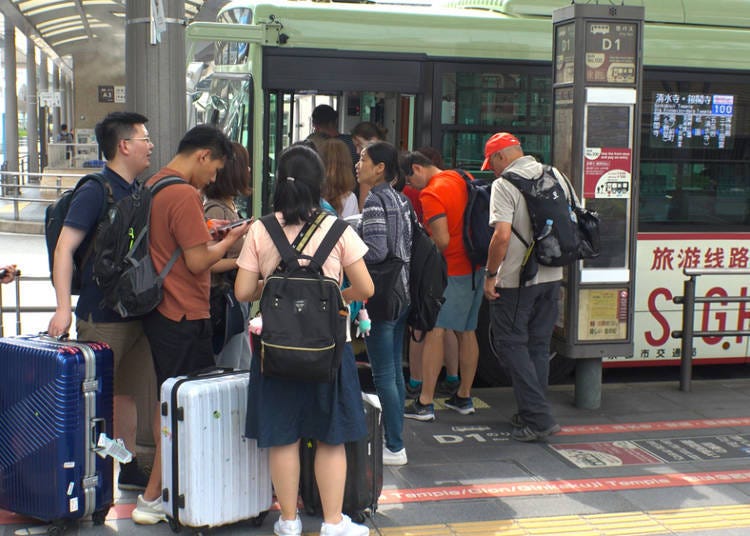
The main forms of public transportation in Kyoto are the JR, Hankyu and Keihan train lines, the subway, and city buses. It’s necessary to make full use of them to get to various sightseeing spots, and transfers at train and subway stations are easy to understand. For sites further from major shrines and temples, you’ll need to take a bus.
As in any city, riding a bus in Kyoto can be complicated, and until you get used to it mistakes are easy to make. According to a Chinese woman, “I took the wrong bus over and over again, and a trip that should have taken about fifteen minutes took me nearly two hours. On the way back I gave up and took a taxi instead.”
One of the most common mistakes involves the Kyoto Bus No. 73, which goes from JR Kyoto Station to Arashiyama. Near the departure stop in front of JR station, there’s also another stop where a different “No. 73” bus departs and arrives. It has different destination, so be careful to check that the bus is bound for Arashiyama!
3. Eating out is expensive
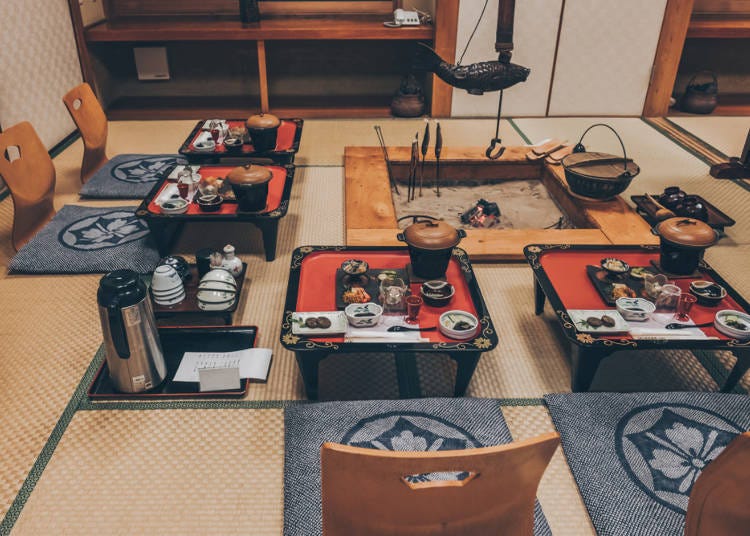
Japan is full of inexpensive, delicious food, but eating out in Kyoto seems to be a bit different.
After visiting Gion, a Thai woman decided to eat lunch nearby, in the center of Kyoto. Knowing that filling Japanese lunches can be found for less than 1,000 yen, she decided to look for a meal in that price range. But…
“I couldn't find a hearty lunch for less than 1,000 yen.”
Of course, central Kyoto and Gion are popular tourist destinations, so prices may be set a little higher, and if you’re intent on Japanese cuisine like sashimi, tempura, etc., it may be even more difficult to find something for less than 1,000 yen. However, there are some shops where you can eat cheaply, including beef bowl or ramen shops, so they’re a good alternative if you’re traveling on a budget.
4. The roads are clean and everyone has good manners!
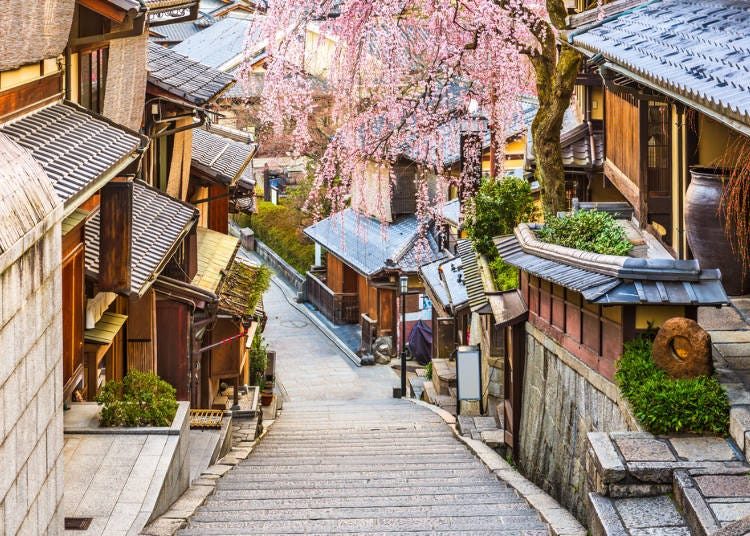
In Kyoto, not only are the larger roads tasteful, but so are the small alleys and a solitary stroll can be enjoyable. While walking along an alley, an Indonesian man noticed something unexpected.
“Everywhere you look, no matter how big or small the street, there's no garbage. No matter where you look, you're impressed with the cleanliness of everything. I was also surprised by the good manners, orderly lines, and not too many people speaking loudly. On the other hand, as a foreigner in Kyoto, I thought I should consider my own manners.”
Kyoto has established a “Landscape Ordinance” in order to protect the atmosphere of the city, which prohibits the construction of large buildings that disturb the skyline and requires that storefronts are have a recommended “Kyoto-like color,” as well as other regulations. Kyoto citizens have embraced the concept, and the policy of keeping the city beautiful and “like Kyoto” seems successful.
5. Midsummer heat is intense!
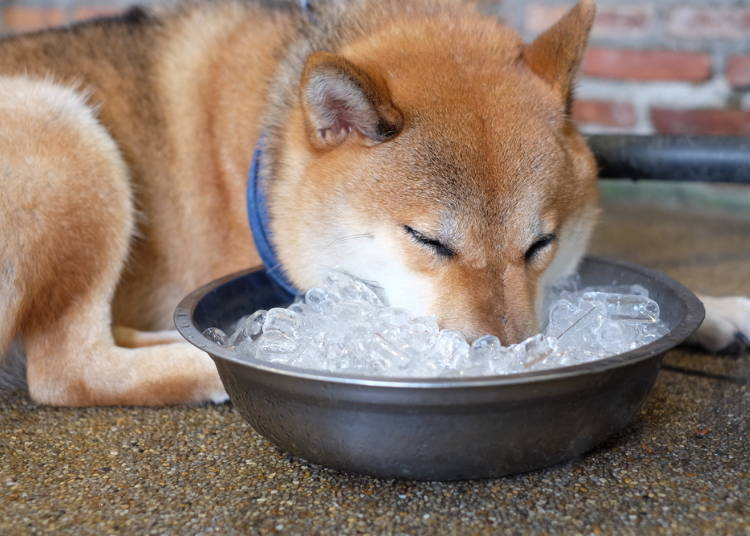
Midsummer humidity is quite high in Japan, and even standing still you’ll sweat uncomfortably. While August temperatures and humidity are generally high all across the country, Kyoto weather is especially severe because the city rests in a basin, and both residents and visitors alike can suffer from dehydration and other heat-related illnesses.
Upon experiencing Kyoto’s summer climate one Thai woman said, “I thought I was used to the heat, but compared to the discomfort of midsummer in Kyoto, Thailand may not be that bad (laughs)!”
Visiting Kyoto’s many shrines and temples often requires a lot of walking, so if you’re traveling in summer, be sure to stay hydrated for safe sightseeing!
Tourists are welcome!
Because Kyoto has a long history steeped in Japanese traditions and has also developed its own unique culture, tourists often experience a bit of culture shock. But because so many overseas visitors arrive every day, the city has taken measures to make their time in Kyoto more comfortable. Most of the major tourist spots have signs in English, Chinese, and Korean, making for easy and understandable sightseeing.
The Indonesian man commented, “I want foreign tourists to take care of their manners while traveling in Kyoto, so avoid monopolizing roads and sidewalks and don’t sit down in the alleys.” Have fun sightseeing in Kyoto and enjoy a little healthy culture shock!
Text by:WESTPLAN
Kiko Matsuda, Keiko Kimura, Risa Tsushi, and a team of female writers familiar with Kansai. We love eating, drinking and traveling! We share fun information based on our experiences.
- Area
- Category
*Prices and options mentioned are subject to change.
*Unless stated otherwise, all prices include tax.
Popular Tours & Activitiess
Recommended places for you
-

Kanzenkoshitsuyakinikutabehodai Gyugyu Paradise Sannomiya
Yakiniku
Kobe, Sannomiya, Kitano
-
Goods

Yoshida Gennojo-Roho Kyoto Buddhist Altars
Gift Shops
Nijo Castle, Kyoto Imperial Palace
-

Kambei Sannomiyahonten
Yakiniku
Kobe, Sannomiya, Kitano
-
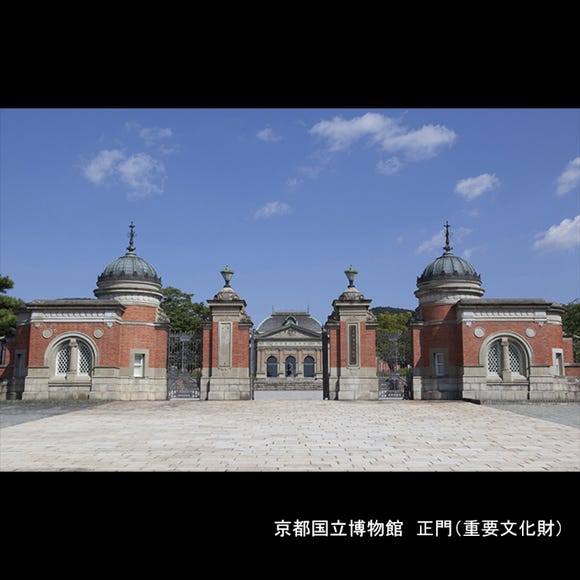
Kyoto National Museum
History Museums
Kyoto Station, To-ji Temple
-

Jukuseiniku-to Namamottsuarera Nikubaru Italian Nikutaria Sannomiya
Izakaya
Kobe, Sannomiya, Kitano
-

ISHIDAYA Hanare
Yakiniku
Kobe, Sannomiya, Kitano
-

Everything You Need to Know About teamLab Biovortex Kyoto (2025 Insider Guide)
by: Wemmy Chau
-

November Events in Kansai: Fun Festivals, Food, and Things to Do in Kyoto & Osaka
-

Best Things to Do and See Around Kyoto & Osaka in September: Events and Festivals in Kansai
-

History and Sustainable Brewing: World-Renowned Fukuju Sake at Kobe Shushinkan
by: WESTPLAN
-
Ad

Recharge and Relax with a Healing Getaway at Kamenoi Hotel Toba
-
Ad

Discover Timeless Beauty: Kimono-en, a Web Magazine Exploring the Spirit of Kimono
Inspiration for Accommodations
-

Spacious Family Hotel in Namba: 20 Comfortable Stays for Family Fun
-

Charming Hotels to Enjoy the Spectacular Views of Arashiyama's Autumn Leaves from Your Room
-

Experience Stunning Views of Osaka Castle from Private Spaces: Top Hotels Near Osaka Castle
-

Recommended by Visitors! Arashiyama's Best-Rated Hotels
-

Family-Friendly Universal Studios Japan Hotel with Excellent Access
-

Enjoy a Comfortable Stay in Osaka! 10 Hotels with Convenient Airport Shuttle Services
-

Top 10 Recommended Hotels Near Namba Station with Great Access
-

Enjoy Night Views from Your Room! Recommended Hotels in Namba Area
-

6 Surprisingly Cheap Things in Japan
-

Kasuga Taisha: A Kyoto Day Trip to See the Unforgettable Sight of 3,000 Lanterns
-

Discover Kyoto's Yasaka Shrine: Power Spots of Love and Health at the 'Plague Shrine'!
-

10 Important Japanese Phrases to Know Before You Enter a Japanese Convenience Store!
by: Teni Wada
-

Nonomiya Shrine: Finding Love and Purity at Kyoto's Famous Power Spot
-

5 Must-Visit Nara Temples and Shrines: Discover the Timeless Beauty of Japan's Ancient Capital
by: WESTPLAN
- #best gourmet Osaka
- #things to do Osaka
- #what to do in kyoto
- #what to bring to japan
- #best gourmet Kyoto
- #new years in Osaka
- #what to buy in nanba
- #Visiting Osaka
- #onsen tattoo friendly arima
- #daiso
- #Visiting Kyoto
- #best japanese soft drinks
- #japanese fashion culture
- #japanese convenience store snacks
- #japanese nail trends













